What’s Continuous Carbonization Furnace ?
Continuous Carbonization Furnace is a new type of environmentally friendly carbonization equipment. The biomass material is converted to charcoal after passing through a carbonization stove and can be further processed. Compared with other carbonization equipment, this carbonization furnace for briquette can work continuously for 24 hours to achieve high output, so it is called continuous carbonization furnace. The entire production process does not produce harmful gases, does not pollute the environment, and is excellent in various carbonization furnaces.
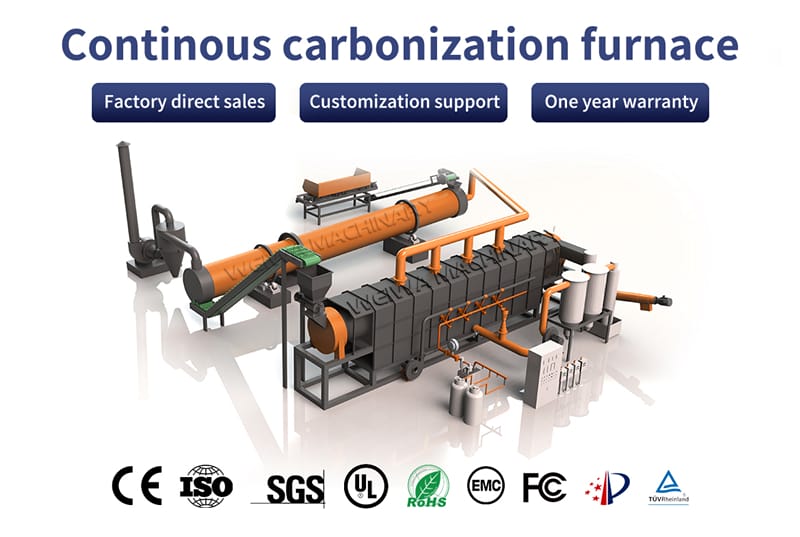
Acceptable Biomass for Continuous Carbonization Furnace
Continous Carbonization Furnace is mainly used for all kinds of biomass material:
Fruit Husk,Wood Scraps,Sugarcane Bagasse,Crop Stalks,Rice husk, Coconut shell, Peanut shell,Groundnut shell, Sunflower seed husk,shell, Palm kernel shell, Walnut shell, Almond shell and Pistachio shell etc.
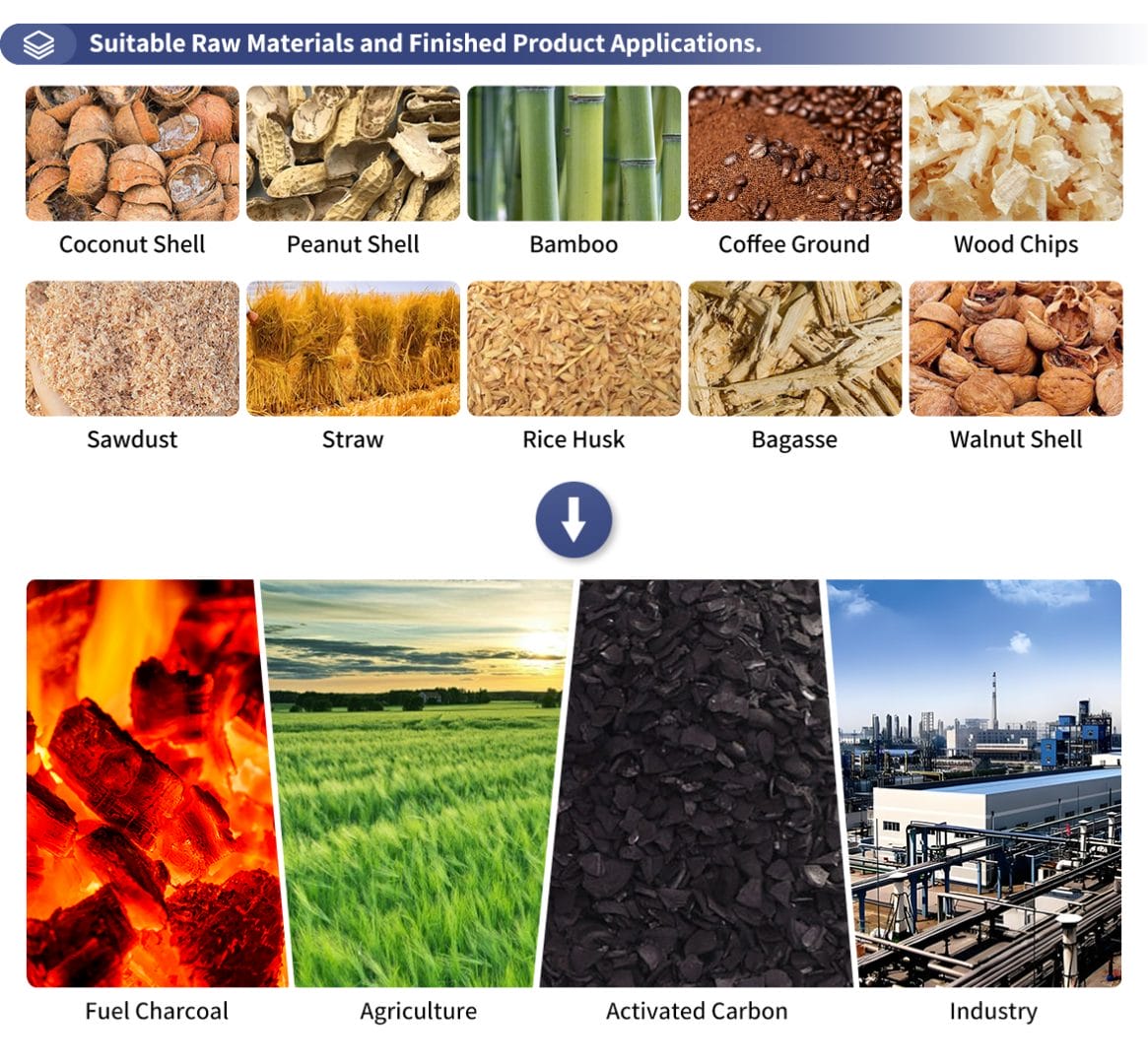
Meanwhile, electronic waste, cans,waste wires, sludge, household garbage and other materials with biomass properties can also be used as raw materials for continuous carbonization furnaces
(size less than 20mm, moisture less than 15%)
How to use Continous Carbonization Furnace
The entire carbonization process mainly includes crushing, drying, feeding, carbonization, discharging, combustible gas recovery, exhaust gas treatment, and briquette production.
01 Preprocessing
- Crushing (optional): The crushing system processes raw material into target sizes (less than 20mm).
- Drying (optional): The drying system processes the raw material to a moisture content of less than 15%.
02 Carbonization
- Feeding: Raw biomass (sawdust,wood chip, crushed coconut shell etc) is automatically fed into the furnace via a conveyor belt, screw feeder or Z-Belt.
- Carbonization: After heating the main furnace, the temperature gradually rises. The initial temperature helps dry out some of the moisture in the raw material. When the temperature reaches 250 degrees Celsius, demethylation begins. Combustible gas starts to generate. At 280 degrees Celsius, the exothermic reaction begins. The hydrocarbon molecules split into smaller carbon molecules and hydrogen. charcoal begins to be produced. As the temperature hits 450 degrees Celsius, aromatic ring compounds begin reacting.

3 Discharging
- Charcoal: Through a three-stage water-cooling discharger, charcoal below 45 degrees Celsius is collected.
- Tar & wood vinegar collection (optional): Via the condenser, tar (biomass oil) and wood vinegar separate out and are collected separately.
- Charcoal briquette making (optional): After being processed by the charcoal briquette machine, the original shape of charcoal can be made into the required shape, such as round, square, stick, etc.
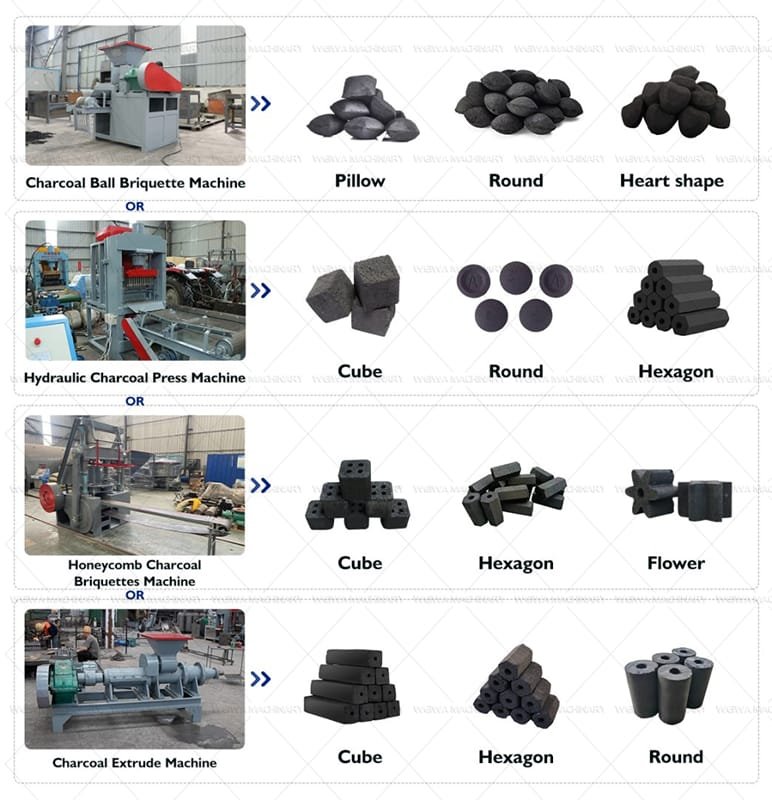
04 Combustible Gas Recovery
- After condensation and sulfur removal treatment, combustible gas can be recovered and reused.
- We can also introduce the excess heat from the carbonization furnace into the dryer to recycle the combustible gas, thereby saving fuel for the dryer.
05 Exhaust Gas Treatment
- The emission gas is treated by a spray tower, water curtain de-dusting tower, and cooling tower. The processed emission gas meets the EU emission standards.
- Weiwa Group provides high-standard customized exhaust gas treatment system.
Features of Continuous Carbonization Furnace

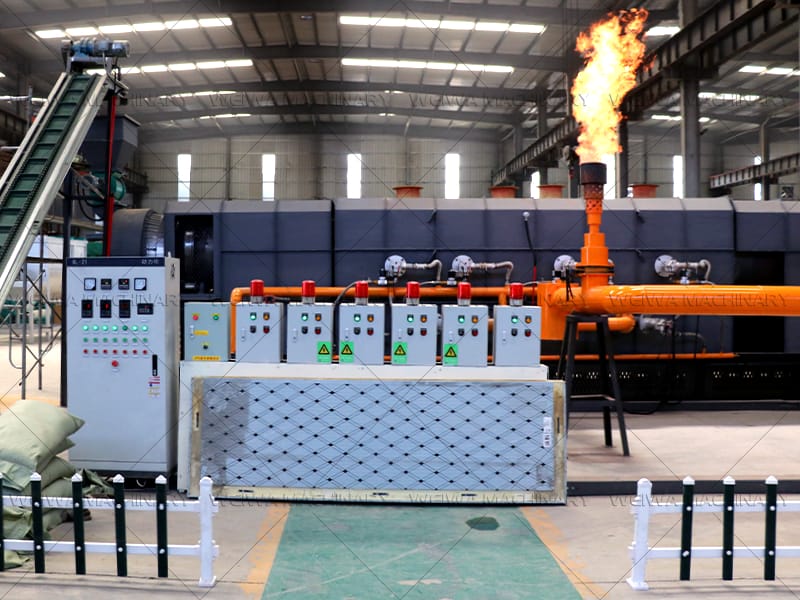
Equipped with Alarm Device
The PLC electric cabinet has an alarm device, and there will be an alarm display and an alarm for some electrical failures.
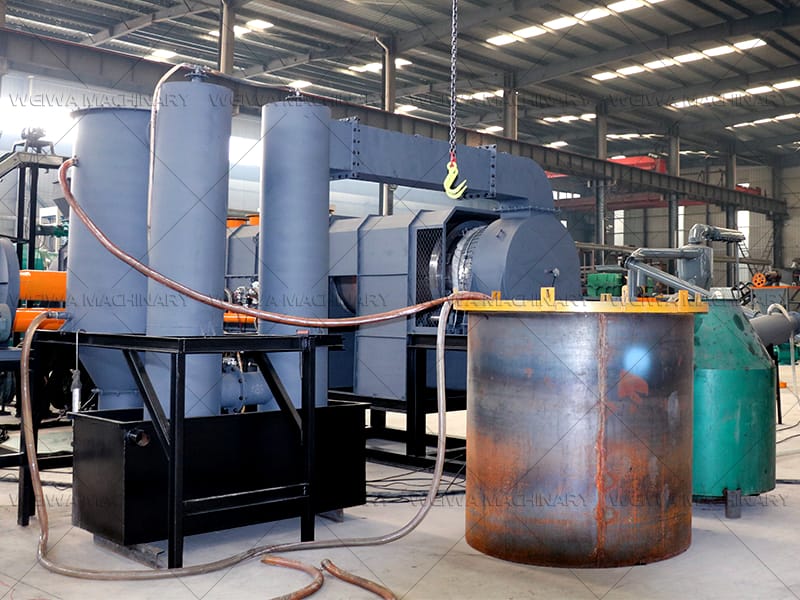
With Explosion-proof Water Seal
There is an explosion-proof water seal at the combustible pipeline (to prevent abnormal pressure of combustible gas in the equipment).
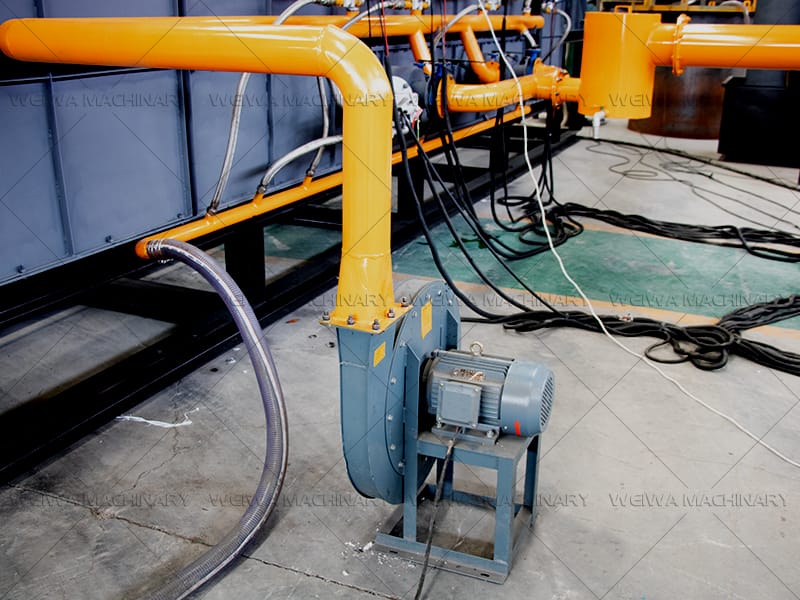
Variable Frequency Fan Guide
The direction of the gas in all pipelines is led by the fan (the fan is variable frequency), and it will be displayed on the PLC when the pipeline is blocked.
High Heat Efficiency
The material is not in contact with the flue gas and is not polluted by hot air.
Good Energy-saving Effect
The heat utilization rate of this equipment is higher, the use of air heat ex-changer can effectively improve the thermal efficiency by 5-10%, and the energy saving effect is good.
Learn More about the Properties of Biochar
Biochar is a carbon-containing substance formed by carbonization of biomass (such as wood, agricultural waste and other plant residues). Biochar production equipment ensures pyrolysis reaction takes place under high temperature and oxygen-free conditions. Such a production method gives biochar the following characteristics:

Porous Structure:
Biochar has abundant micropores on its surface and inside. The pore structure gives biochar a high specific surface area, which can reach between 200-500m2/g. This structure enables biochar to have efficient adsorption capacity and helps to store water and nutrients.
Rich Functional Groups:
The surface of biochar usually carries a variety of functional groups (such as hydroxyl, carboxyl, etc.). These groups provide many active sites to form chemical bonds with minerals, microorganisms, organic matter, etc., thereby improving its adsorption capacity.
High Stability & Durability:
The carbon in biochar exists mainly in aromatized and structured forms. Therefore, it has strong chemical and thermal stability and degrades very slowly in the soil or environment. Generally, biochar can even exist in the soil for hundreds of years.
Sustainable Application of Biochar from Continuous Carbonization Furnace
The unique chemical properties of charcoal producrd by Continuous Carbonization Furnace bring a wide range of applications and significant economic value. The Biochar charcoal is widely applied in agricultural, pharmaceutical, civilian, and other industries.
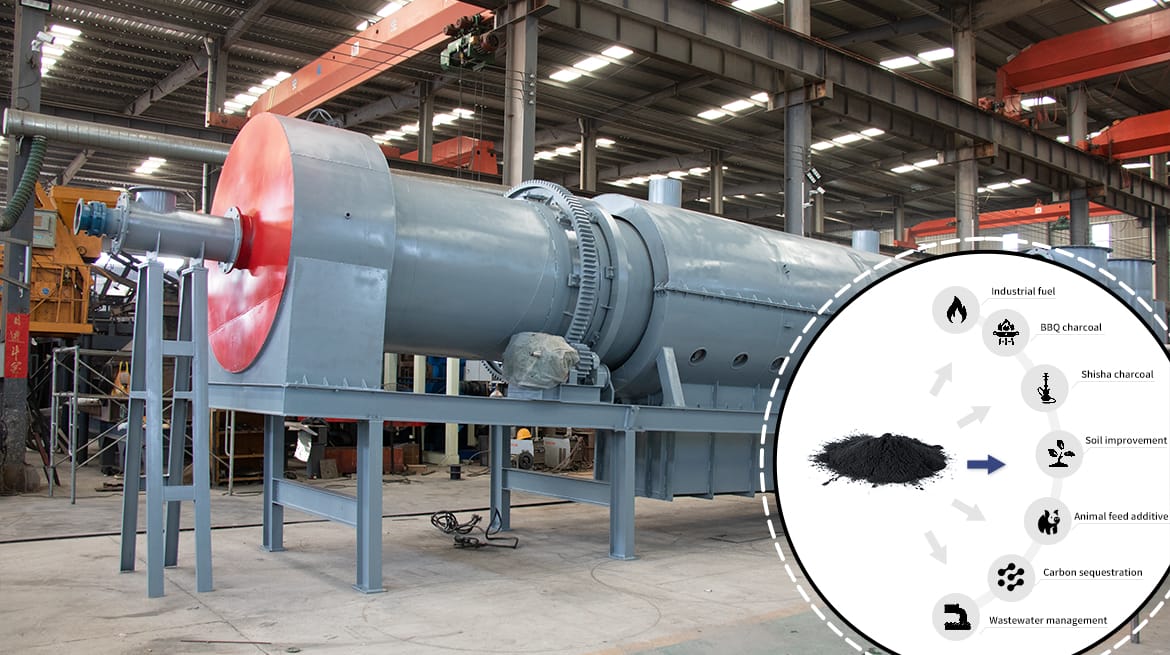

Carbon Removal
Carbon Credit Trading: Quantified carbon reduction effect of biochar making machine generates carbon credits. Biochar producers can sell them on carbon market to companies with excess carbon emissions for carbon offset.
Carbon Sequestration: Carbon content of biomass comes from atmospheric CO2 absorbed by photosynthesis. Biochar carbonization equipment stably stores this carbon in biochar. This avoids carbon emissions from natural degradation of biomass.

Sustainable Agriculture
Agricultural Pollution Reduction: The use of fertilizers and pesticides causes agricultural pollution. Biochar as an alternative can ease dependence on them. Thus, this reduces the negative environmental impact caused by agricultural activities.
Soil Fertility Remediation: Biochar’s unique pore structure can absorb nutrients from the soil and release them slowly to reduce loss. In addition, biochar can optimize microbial activity and pH in soil. They all creates favorable conditions for crop root growth.

Forestry
Forest Fire Prevention: There is a large amount of accumulated woody waste in forests. They are prone to cause fires under drought or high temperature conditions. By converting woody wastes into biochar, biochar equipment reduces the risk of fire fundamentally.
Forest Ecological Restoration: In forest restoration projects, biochar can provide a stable carbon source to accelerate vegetation growth. This helps plants better adapt to harsh environments. This is closely related to the United Nations’ SDG15 (Protect & Restore Terrestrial Ecosystems).
Models and Types of Continuous Carbonization Furnace for Sale
| Model | Input Capacity | Motor Power | Weight | Size(M) |
| L1 | 800-1200kg/h | 22KW | 8-9T | 12.5*5.5*3 |
| L2 | 1200-2000kg/h | 28KW | 9-10T | 12.5*6.5*4.5 |
| L3 | 2000-3200kg/h | 28KW | 12-14T | 12.5*7.5*5.5 |
| L4 | 3200-4800kg/h | 32KW | 14-16T | 12.5*7.5*5.5 |
Packing & Shipping
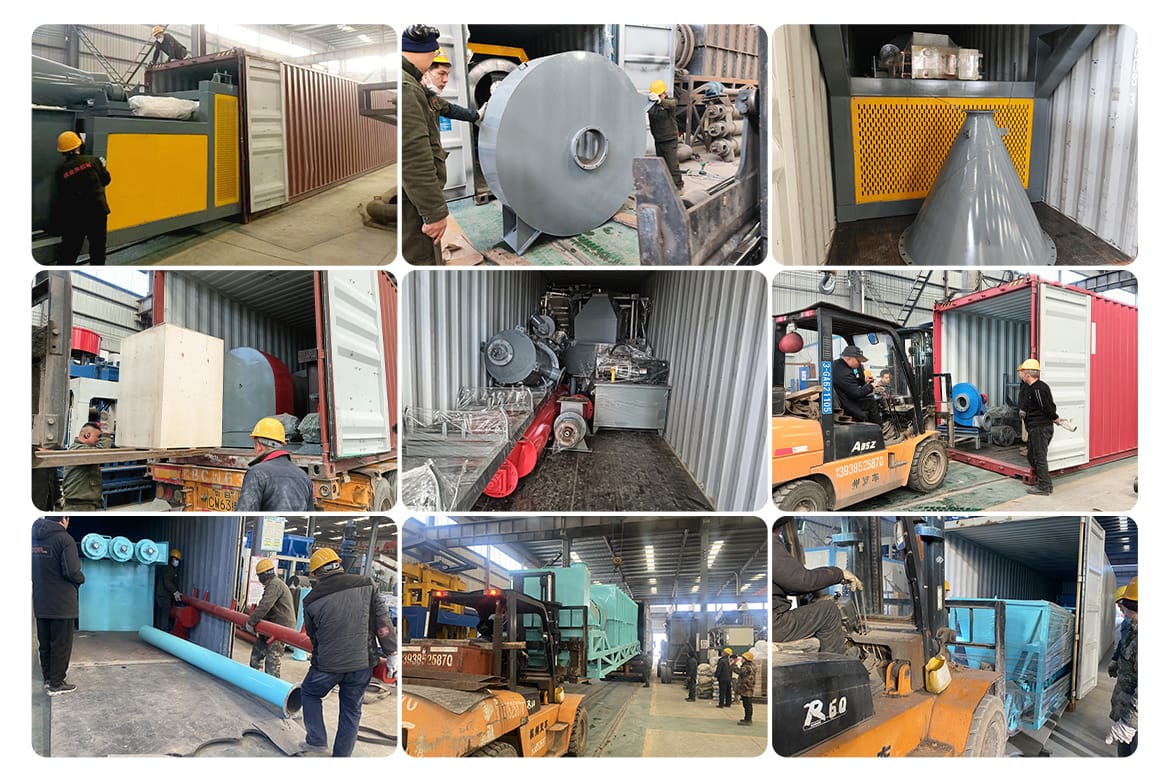
1,These machines will be loaded in the container by waterproof facric .
2, Big size equipment is water-proof packing which delivery by full container load,small parts will be packed into wooden case.
3, Special packing requirement as customers requirement.
Starting Your Business Here!
Until now, we have customers more than 130 countries, Indonesia, India, Malaysia, Laos, Myanmar, Thailand,Vietnam,Philippines,Pakistan, Sri Lanka, Lebanon, Georgia, Turkey, Poland, Czech, Mongolia, South Korea, Romania, Egypt, Sudan,Tunis,Algeria, Ethiopia, Tanzania Equatorial Guinea, Zambia, Mexico, South Africa, etc.
You’re welcome if you’d like to visit our factory! You can contact us now!
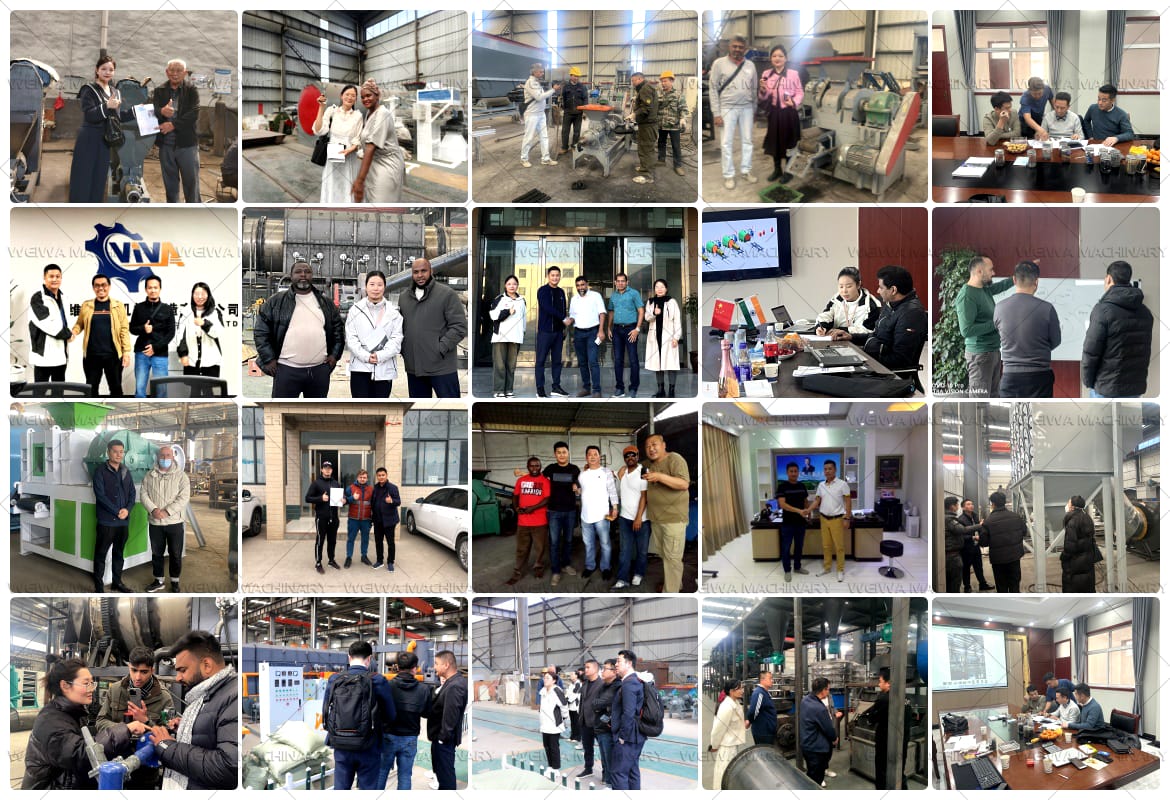
Related Posts
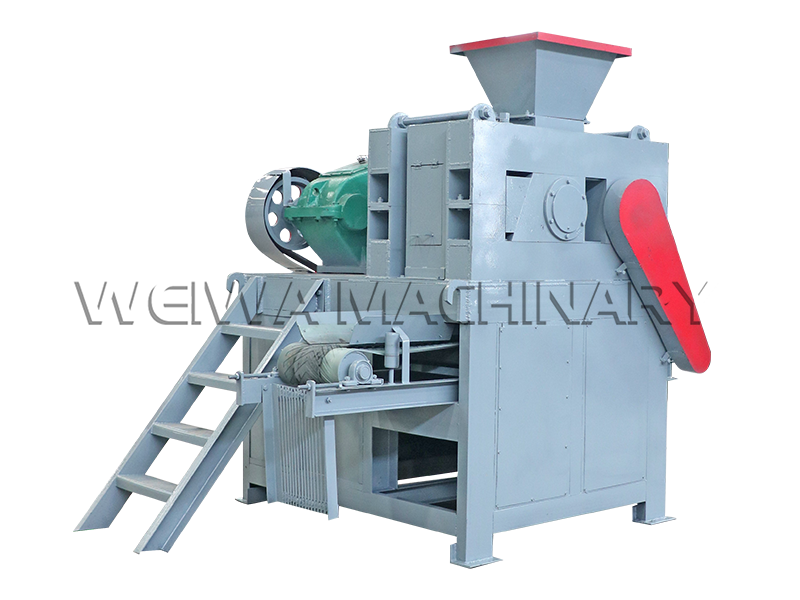
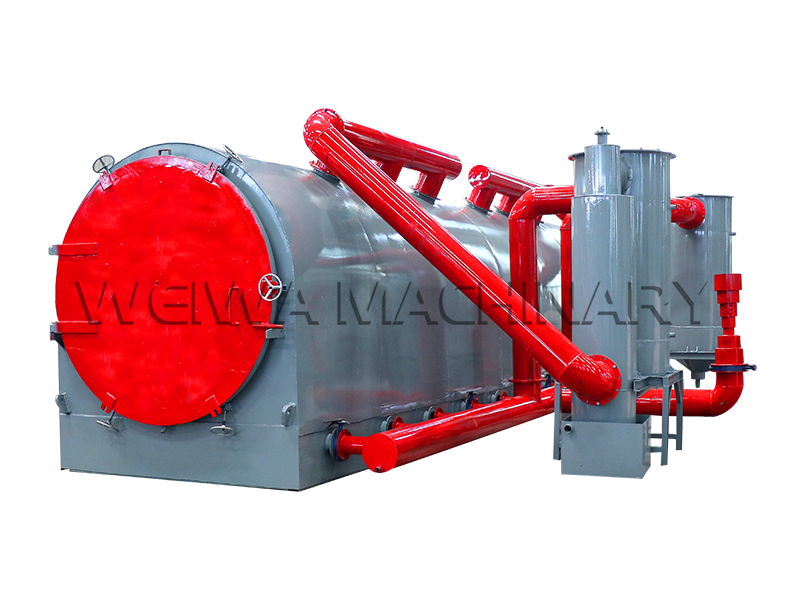
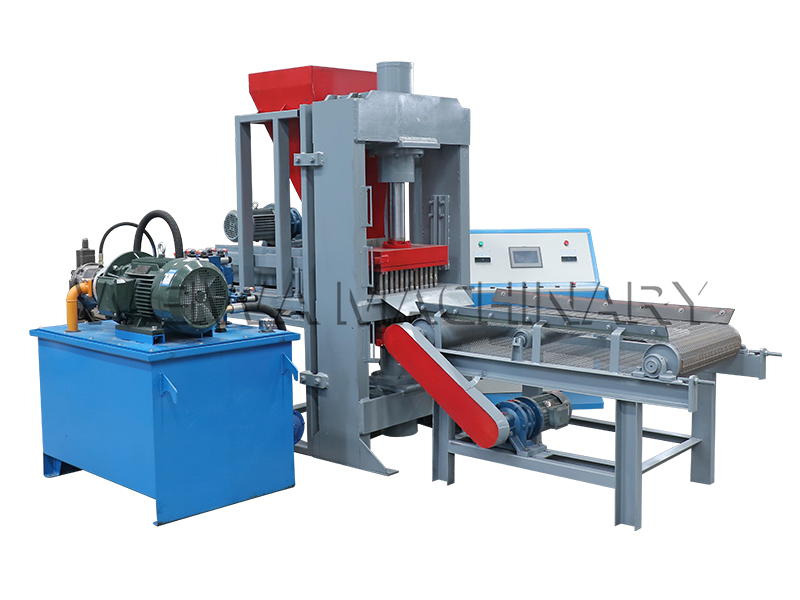
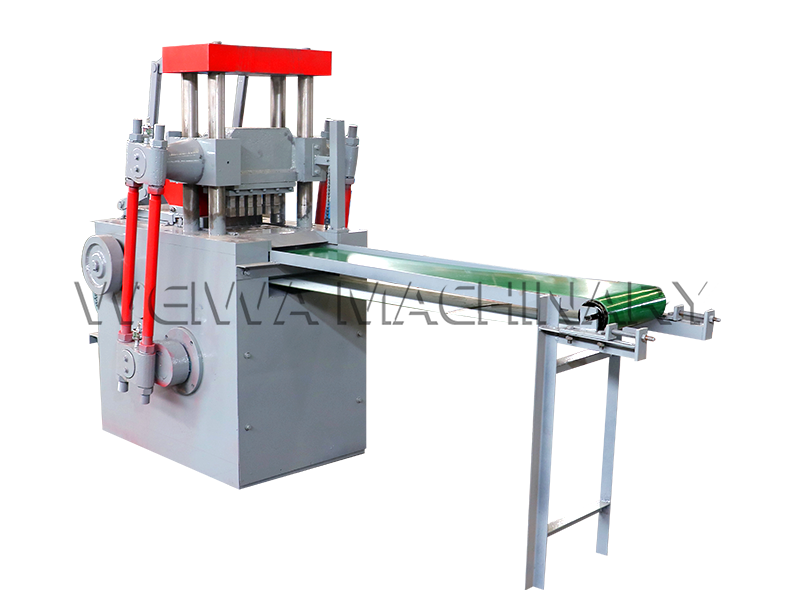
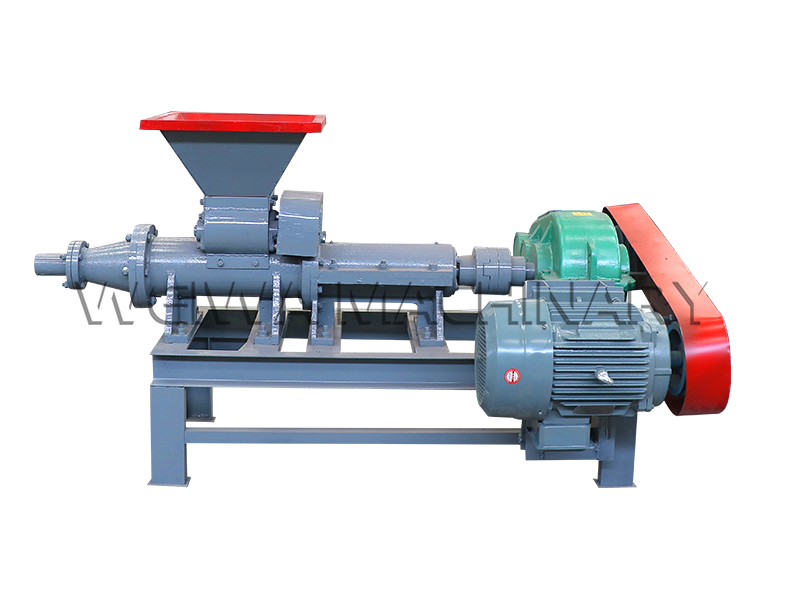
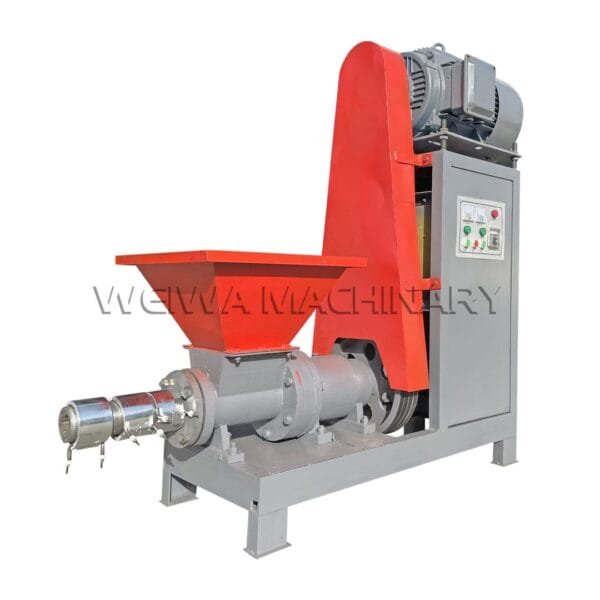


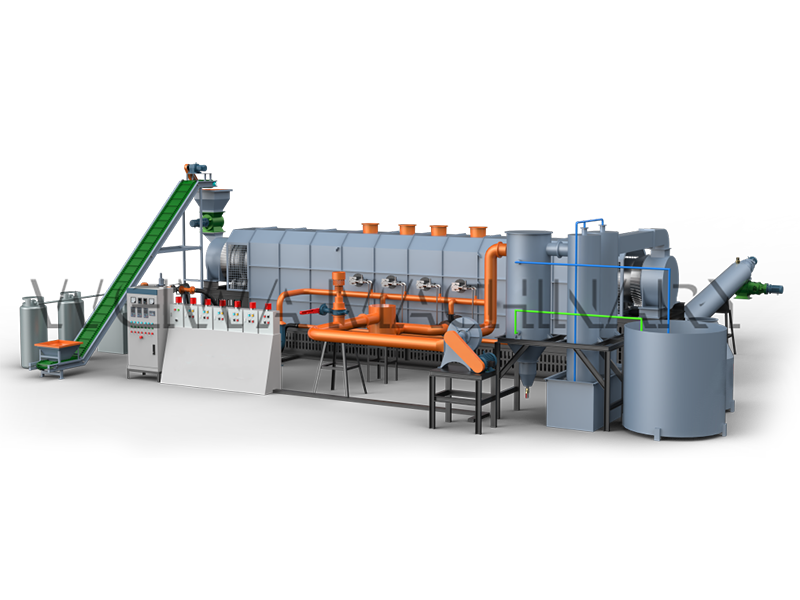



 Wechat
Wechat

 +8613838093177
+8613838093177